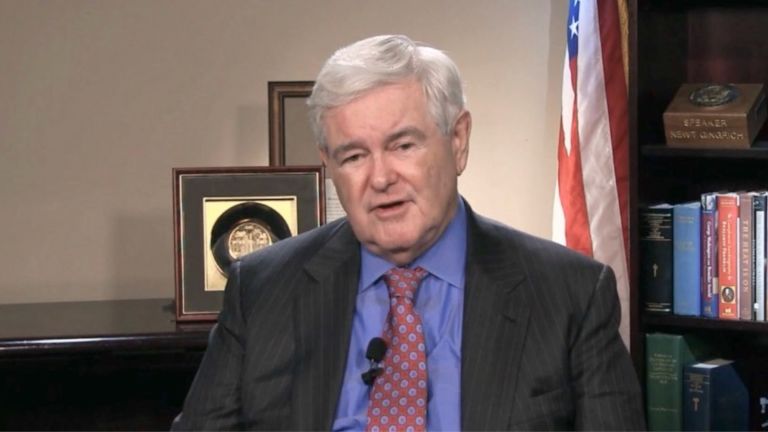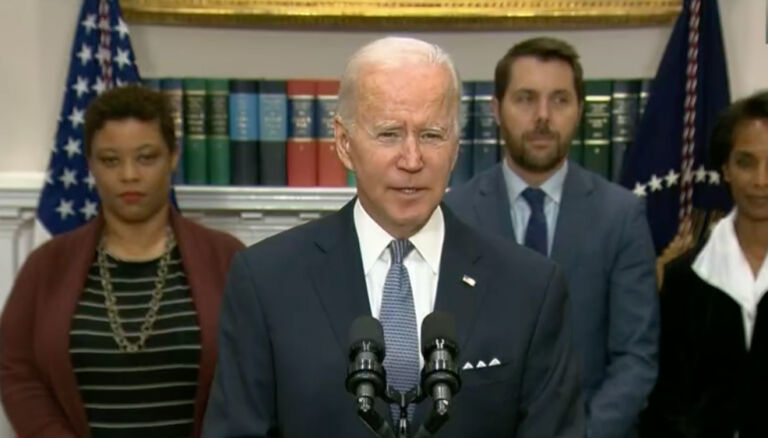Zachary Halaschak of the Washington Examiner reviews President Biden’s promises about boosting the American economy.
When President Joe Biden entered office, the unemployment rate was still much higher than before the pandemic, and uncertainty reigned. Here is how the economy has fared as 2024 approaches.
During the 2020 elections, Biden promised to restore the economy from its pandemic disruption-induced slump and create millions of jobs. While major parts of the economy have bounced back and the labor market is strong, fulfilling the promise in part, people are now grappling with the worst bout of inflation in generations, undercutting some of the gains the economy has made.
Right now, Biden is getting very low marks on the economy. The White House has tried to focus on all of the positive aspects of the economy, branding them “Bidenomics,” but factors like inflation have overshadowed those, resulting in wide discontent.
The economic elephant in the room is inflation. It has torn through nearly every aspect of the economy and caused hardship for workers and families struggling to make ends meet. When Biden was on the campaign trail, inflation was not much of a thought at all, so this is one element of the economy that voters have been able to link, correctly or incorrectly, specifically to his tenure in office.
Inflation, as gauged by the consumer price index, clocked in at 3.1% in November. That is higher than the Federal Reserve’s 2% long-run goal, although a much more manageable rate than when price growth was topping out at about 9% in June of last year.
How much is Biden to blame? It’s hard to say. Republicans have pointed to the rash of pandemic-era relief that Biden and Democrats pushed through in early 2021, known as the American Rescue Plan, as being inflationary, although there were also tranches of coronavirus stimulus under former President Donald Trump that would have added to the glut of excess cash and demand among consumers.
Also to blame is the Fed.


